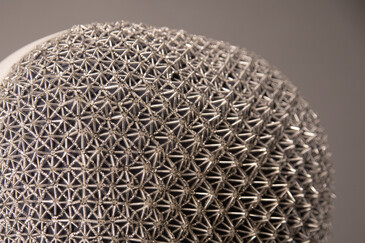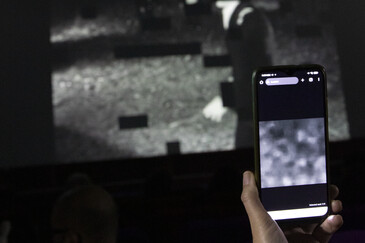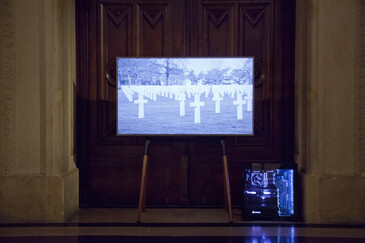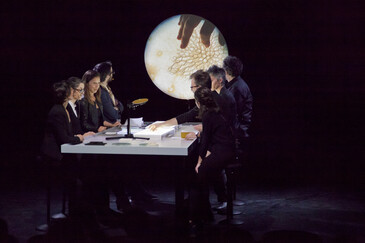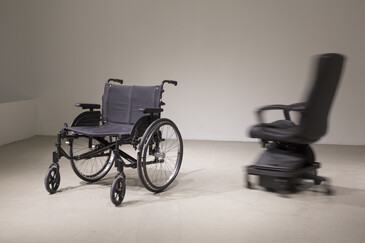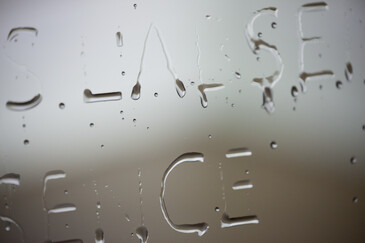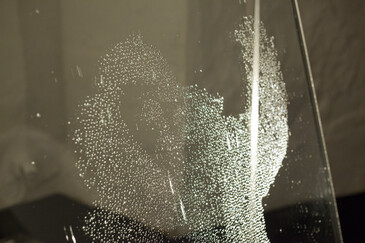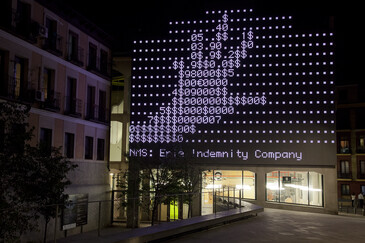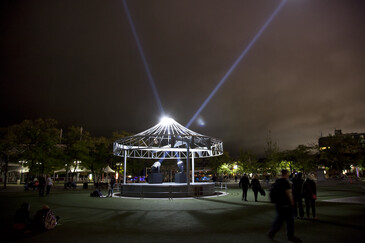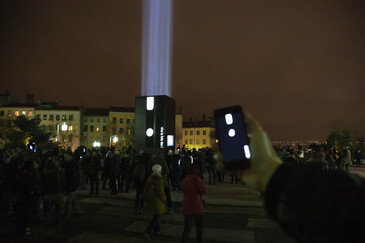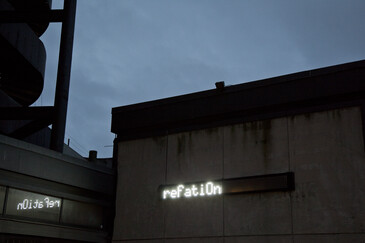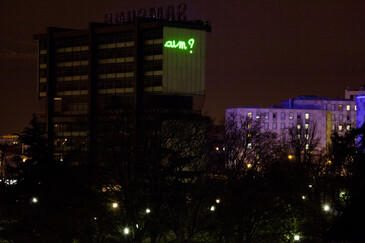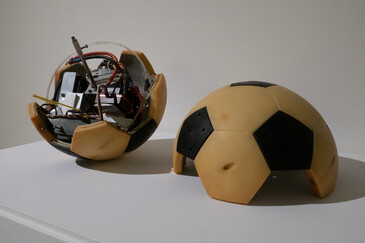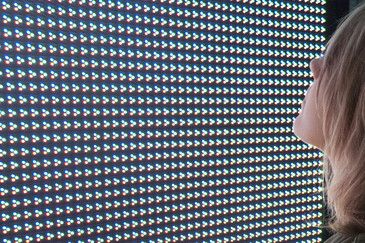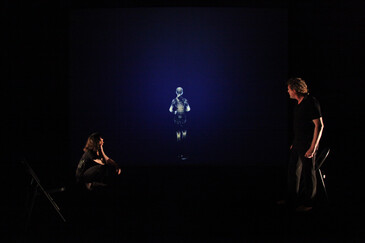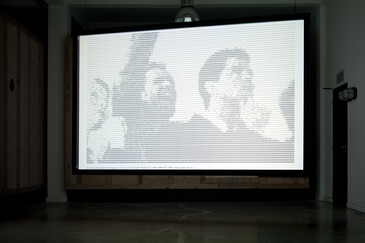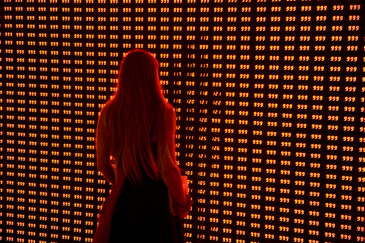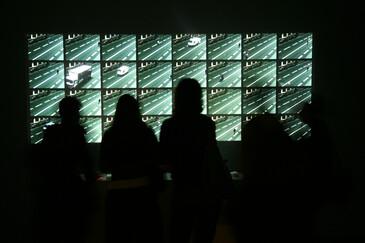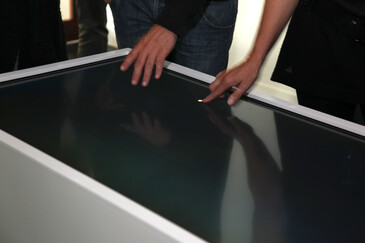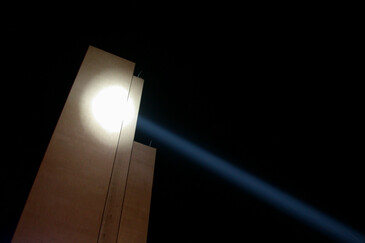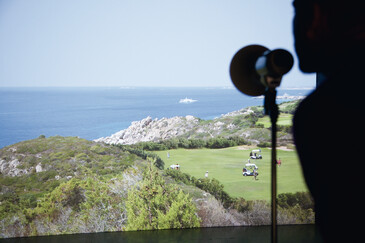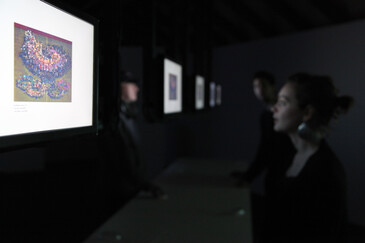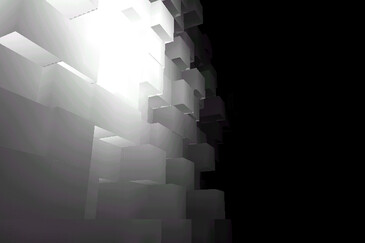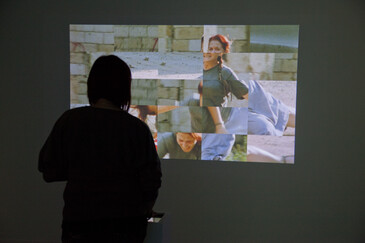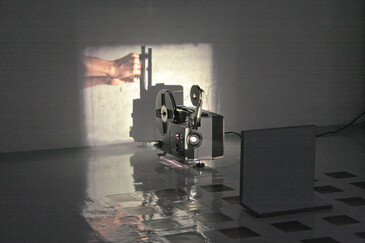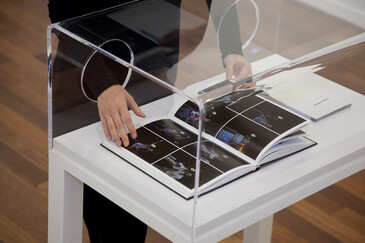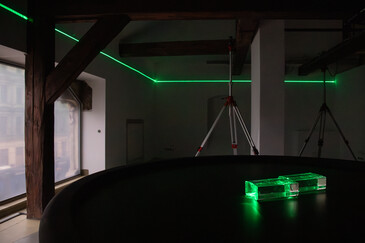
Taking Life, Making Life
[Prendre vie(s)]
Installation, v.3, 2025
Samuel Bianchini
Software Development (artificial life and intelligence algorithms): Léon Denise et Adrian Margel
Based on the Flow Lenia software environment developed by the Flowers team (Inria, University of Bordeaux - Pierre-Yves Oudeyer, Clément Moulin-Frier, Gautier Hamon et Erwan Plantec) from Lenia, developed by Bert Chan (DeepMind).
With the contribution of Colin Bouvry for the programming of camera movements in the image.
Project developed with the support of The École nationale supérieure des Arts Décoratifs - PSL and, for previous versions of the project, with the contribution of The festival accès)s( cultures électroniques and The Chaire arts et sciences de l'École polytechnique, de l'École nationale supérieure des Arts Décoratifs - PSL et de la Fondation Daniel et Nina Carasso.
Acknowledgments: Alain Declercq, Jean-Jacques Gay, Stéphane Trois Carrés
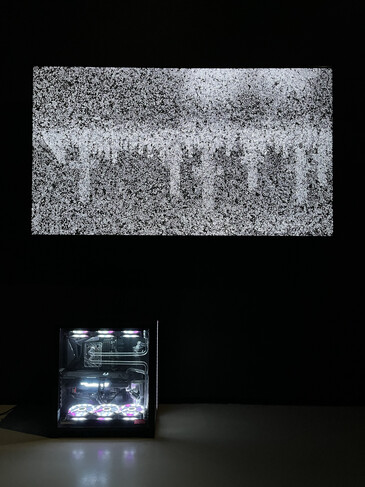
Still or animated? While the status of the image that constitutes this work is uncertain and even tense, it nevertheless represents an explicit subject: it is a view of a multi-faith military cemetery, with numerous ordered graves, almost all of similar shapes, only the religious symbols differing.
Projected onto a wall or displayed on a large screen, in very high definition, it is, a priori, a photo that is presented; but this one is animated, from the inside, in its very “matter”. Particularly noisy, this image is composed of an infinity of grains set in motion by algorithms of artificial life and artificial intelligence. Associated with the pixels that constitute the very matter of the image, these grains seek to move and organize themselves to set the image in motion, they are “animated” by a sort of life force. For this, the elementary components of the image have a new, behavioral dimension. And, here, the latter is in struggle with the very subject of the representation which allows an interpretation of its title (in French, translated by “Taking Life”), in the plural: when one takes away life, thus bringing all protagonists back to the same, relatively static state, death. But, the other possible understanding of this title (always in French, translated by “Making Life”), in the singular, in contrast, clearly indicates a will to life. Initially a photograph, the still image attempts to become moving, to come to life, thus returning to the first and fundamental meaning of animation, because to animate is first of all to give soul.
The machine that enables this animation is staged alongside the image, or even within it (when the image is projected); it is part of the representation it enables to operate in real time. Largely transparent, it displays its components (graphics card, motherboard with its processors, RAM, fans, and hydraulic cooling system), all of which also come to life, following the operations in progress.
This third version of Prendre vie(s) is developed with an advanced and configurable artificial life and artificial intelligence system: “Flow Lenia.” Flow Lenia, a world-renowned artificial life software developed with Inria Bordeaux, was adapted to Prendre vie(s) [Takink Life, Making Life] using the initial image as a living environment. Thus, providing living conditions, constraints, and animation opportunities for Flow Lenia's bestiary, the image allows for the emergence and development of life stemming from its very matter, from its grains that have become seeds.
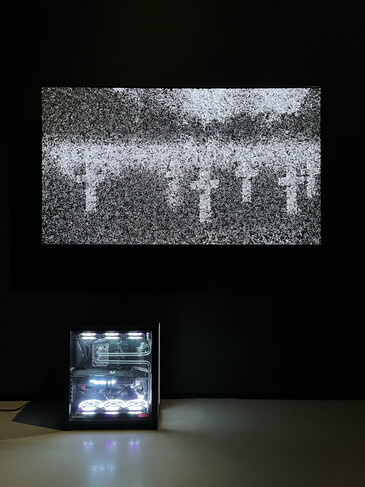

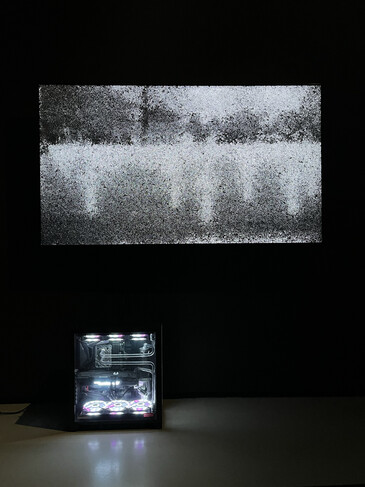

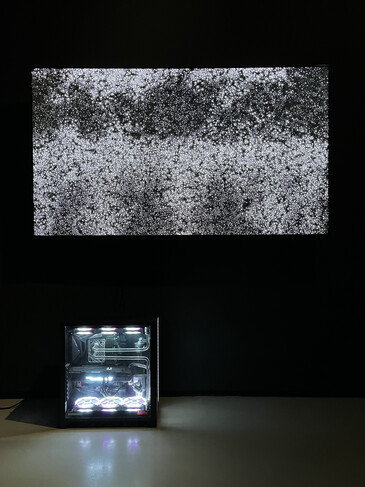
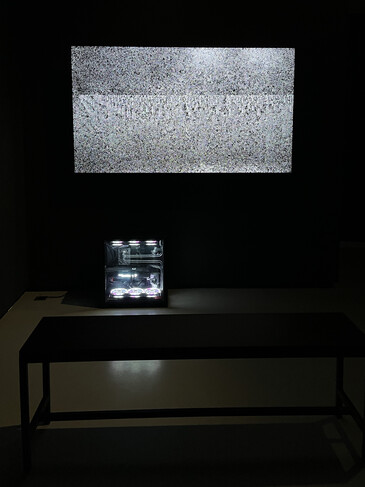
Making Life, Taking Life [Prendre vie(s)], installation v.3, 2025
Samuel Bianchini with the collaboration of Léon Denise and Adrian Margel
Exhibition Le Monde selon l'IA, Jeu de Paume, Paris, April 2025
Photographs: © Samuel Bianchini - ADAGP
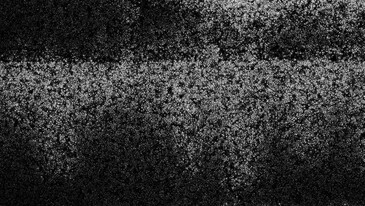
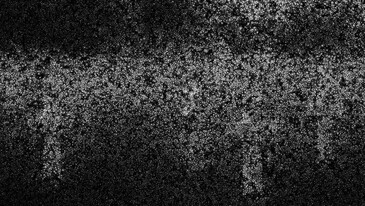
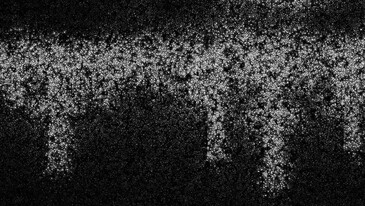
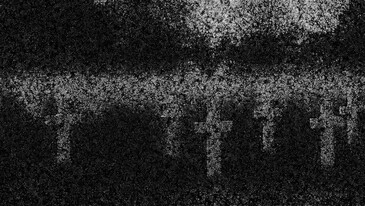
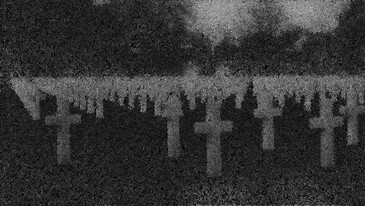
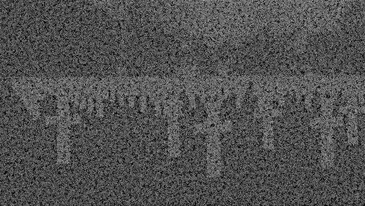


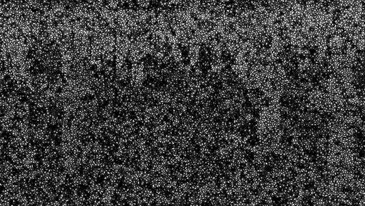
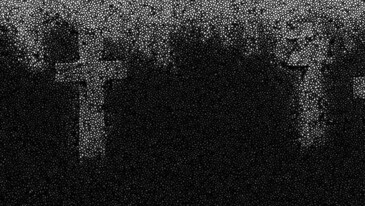
Making Life, Taking Life [Prendre vie(s)], installation v.3, 2025
Samuel Bianchini with the collaboration of Léon Denise and Adrian Margel
Screenshots: © Samuel Bianchini - ADAGP
Taking Life, Making Life
Installation, v.2, 2022
Samuel Bianchini
Software Engineering (Artificial Life Development): Colin Bouvry and Léon Denise
Project developed with the support of the “accès)s( cultures électroniques” Festival and the Chaire arts et sciences of the École polytechnique, the École nationale supérieure des Arts Décoratifs - PSL and the Fondation Daniel et Nina Carasso.
Exhibition Design des signes - de l'œuvre à l'usage, “accès)s( cultures électroniques” Festival, Le Bel Ordinaire, Pau, October 2022
Curator: Jean-Jacques Gay
Acknowledgments: Alain Declercq


Still or animated? If the status of image constituting this work is uncertain, under tension, it nevertheless represents an explicit subject: a view over a multireligious military cemetery, composed by many graves of similar forms in an orderly fashion, which differ only in their religious symbols. On a large screen in very high definition, one would expect see a photo, but it is in fact animated, from the inside, in its very “matter”. Particularly noisy, this image is composed of an infinite number of grains set in motion by artificial life and machine learning algorithms. Combined with the pixels of the image, its matter, these grains, try to move and organise themselves to set the image in motion. They are “animated” with their own life force. How could a photograph learn to become a film? Or more broadly – as the status of these artefacts is no longer clear – how could a still image learn to become a moving one, to find itself a “future”? This brings the elementary components of the image into a new dimension, behavioral, which struggles with the very subject of the picture. Initially a photograph, the still image tries to move, to come to life, getting back to the fundamental meaning of animation, as animating first means giving soul.
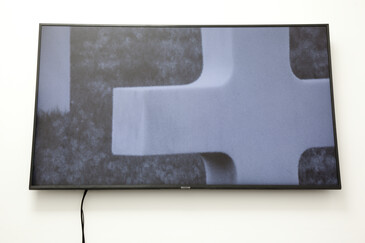
Taking Life, Making Life, installation v.2, 2022
Samuel Bianchini with the collaboration of Colin Bouvry and Léon Denise
Exhibition Design des signes - de l'œuvre à l'usage, accès)s( cultures électroniques Festival, Le Bel Ordinaire, Pau, October 2022
Photographs: © Samuel Bianchini - ADAGP
Taking Life, Making Life
Installation, v.1, 2020
Samuel Bianchini
Software Engineering (Machine Learning and Genetic Algorithms): Didier Bouchon
Acknowledgments: Alain Declercq
Project developed within the Reflective Interaction research group of EnsadLab, laboratory of the École nationale supérieure des Arts Décoratifs (EnsAD), Université Paris Sciences et Lettres (PSL), with the support of the Chaire arts et sciences of the École polytechnique, EnsAD-PSL and the Daniel and Nina Carasso Foundation.

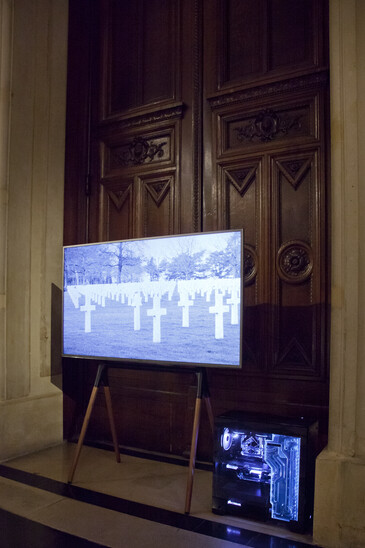

Taking Life, Making Life, installation v.1, 2020
Samuel Bianchini with the collaboration of Didier Bouchon
La Nuit des idées, Musée des Arts et Métiers, Paris, January 2020.
Photographies : © Samuel Bianchini - ADAGP
Still or animated? If the status of image constituting this work is uncertain, under tension, it nevertheless represents an explicit subject: a view over a multireligious military cemetery, composed by many graves of similar forms in an orderly fashion, which differ only in their religious symbols. On a large screen in very high definition, one would expect see a photo, but it is in fact animated, from the inside, in its very “matter”. Particularly noisy, this image is composed of an infinite number of grains set in motion by artificial life and machine learning algorithms. Combined with the pixels of the image, its matter, these grains, try to move and organise themselves to set the image in motion. They are “animated” with their own life force. How could a photograph learn to become a film? Or more broadly – as the status of these artefacts is no longer clear – how could a still image learn to become a moving one, to find itself a “future”? This brings the elementary components of the image into a new dimension, behavioral, which struggles with the very subject of the picture. The still image tries to move, to come to life, getting back to the fundamental meaning of animation, as animating first means giving soul.

Taking Life, Making Life, installation v.1, 2020
Samuel Bianchini with the collaboration of Didier Bouchon
La Nuit des idées, Musée des Arts et Métiers, Paris, January 2020.
Photographies : © Samuel Bianchini - ADAGP
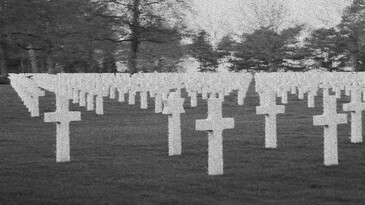
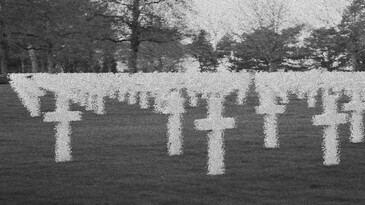
Taking Life, Making Life, installation v.1, 2020
Samuel Bianchini with the collaboration of Didier Bouchon
Screen Shots : © Samuel Bianchini - ADAGP
